|
An interesting concept of sport psychology (this applies to weight training as well), is "State of Flow". Flow occurs when we are totally immersed in the activity: we lose sense of time, and are neither bored nor anxious. Concentration becomes automatic, and this feeling of flow is so pleasing that it is intrinsically rewarding. In many cases, we may engage in activity for no other reason than to experience flow. We talk alot about the objective and quantitative aspects of optimizing training:
However, it is equally important to optimize flow:
It is not unreasonable to assume that lack of motivation to engage in an activity could be directly or indirectly influenced by your perception or expectation of flow. If you tend to think that every session is, or needs to be, so difficult as to cause anxiety, that anxiety or frustration is a good indicator that the challenge is too high. Similarly, if you are avoiding activity because you think that your session will be boring, then you want to find a way to introduce more or diverse challenge. Ways to increase challenge:
At the end of the day, people are motivated to fulfill their needs. The two most important needs of athletes are to:
Having fun includes the right amount of stimulation and excitement. Feeling worthy includes the need to feel confident and successful. To the first point, this is why I stress the importance of choosing your own path by making your own decisions as to your goals and preferred exercises or activities. Some people feel pressured to do the things they think they are supposed to do, rather than what they want to do. Do the things you want to do, and just make sure they coincide with your goals. If going to the gym isn't something you want to do, how can you make it so? Examples might include:
Feeling worthy, confident, and successful is all part of the training (and learning) process. You receive input, make a decision, execute that decision, and your outcome feeds back as new input to inform your next decision. In training, your input may be that you are influenced to be stronger, fitter, or try a new activity. You make a decision on how you want to achieve that (e.g. get a plan/program, join a gym, join a running group, set a training schedule, etc.). You go and follow through on those decisions, and then here is where I think many people (particularly beginners) tend to make mistakes.
However, when you value and achieve flow - you feel in complete control, and this feeling is enough to keep you coming back, which corresponds with a greater likelihood of reaching your goals. Did you achieve flow this week?
Having trouble pulling the trigger on a program or diet? Maybe I can help. DM me for coaching!
0 Comments
This exercise has been used as a quick assessment tool for movement quality because the parameters for both joint mobility and system stability lie at the upper boundaries of what is considered functional. When performed with increasingly heavier weights, there is a high neural demand on cognition and motor control. Thus, this exercise can neither be rushed nor performed without 100% focus. As renowned physiotherapist and FMS founder Gray Cook remarked, symmetry, bodyweight management, strength, and stability can all be addressed with the Turkish Get Up because despite not working many prime-movers, "[it] really blasts your stabilizers" and "stabilizers are what give you the mechanical advantage to be stronger". As the legend goes, if you wanted to learn how to lift you would find your local, village strongman and ask him to teach you. The strongman, knowledgeable in such matters understood that not everyone had the focus, determination, coordination or even physical well-being it takes to begin much less endure years of brutal training. In order to separate the wishers from the workers, the strongman would decree: "This is the Get-Up. You must perform it on both the left and right sides equally. When you can do it with 100lbs I will show you how to lift." The Turkish Get-Up truly is one of the most accessible ways to assess both quantitative and qualitative parameters of physical fitness. Not only will a TGU performed with light-to-moderately heavy weight keep you in the best shape of your life, but it also a mighty feat of strength when attempted with a maximal load. The Turkish Get Up includes both an ASCENT and a DESCENT. TGU: ASCENT STEP 1: FLOOR PRESS STEP 2: ROLL TO ELBOW STEP 3: POST TO HAND STEP 4: HIGH BRIDGE STEP 5: BRIDGE TO KNEE 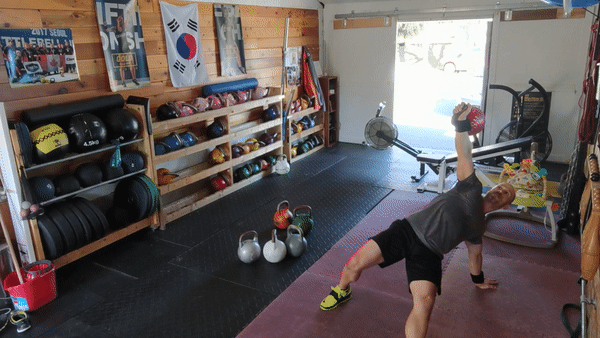 You are about to support yourself and the bell on only two points of contact - so be ready! Most of your weight is in your bottom arm here so take it slow and DO NOT take your eyes off the bell! Pull your foot underneath your body, slightly turning your hips to clear the floor with your knee. Plant the knee directly underneath your torso. If you have trouble running your knee into the floor, it's usually due to not turning the hips. STEP 6: HIP SHIFT STEP 7: ADJUST YOUR FEET STEP 8: KNEELING TO STANDING 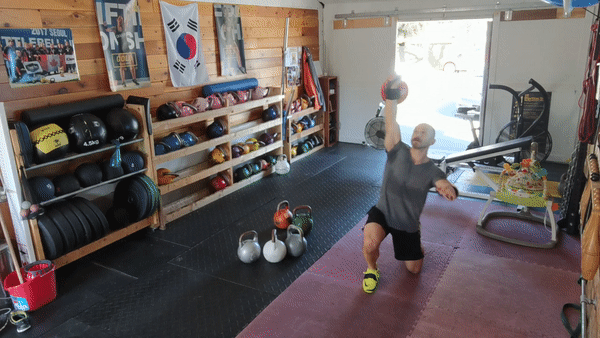 Don't get cocky! Keep your eyes on the bell, maintain active lockout, keep shoulder blade anchored, and PULL FORWARD into a bilateral stance. DO NOT push back into split squat stance and then step forward. The former utilizes your glute/ham strength and hip stability to ascend, the latter your quad strength and knee stability. TGU: DESCENT STEP 1: REVERSE LUNGE STEP 2: HIP SHIFT / POST STEP 3: SHOOT STEP 4: PLANT YOUR BUTT STEP 5: SLIDE TO YOUR SIDE 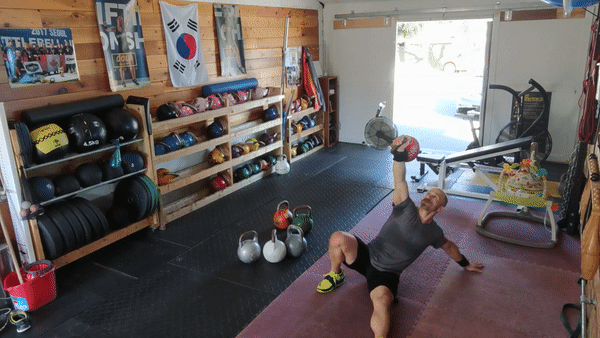 I have found this technique to be more reliable and predictable than simply reversing the ascending steps. Dropping to the elbow is not usually the issue, but rather getting to the back without dropping awkwardly or directly loading a flexed thoracic spine. Maintaining a stiff arm while sliding out allows a controlled descent at constant speed. People with poor shoulder ROM may have trouble with this step, but then again those people probably cannot TGU without a bent bell arm. STEP 6: ROLL TO YOUR BACK
Sometimes we get so caught up with the idea of "optimizing" our training that we find ourselves unable to switch gears. You don't have to be at your strongest, leanest, and fittest all the time - in fact, many strength athletes and coaches would argue against it.
"You can't have the peaks without the valleys" Often times life gets in the way, and unfortunately we may often perceive this as a nuisance or detriment, when in fact life's inconveniences serves as a natural mode of deloading our body from mechanical stress. The downside of course is that life's inconveniences are typically fraught with mental stresses, so we have to manage those too. Training can be very simple, or it can get very complicated. For most people it should be the former, but also remember that without practice, everything is complicated in the beginning. Acquiring skills and honing requires ACTION and AWARENESS. You must take action, but also be aware of the feedback you get from your body: the nuances of the exercise, the consequence of making mistakes, the systemic impact of the whole workout, the muscle messaging you get afterwards (Stiffness, soreness, pain, etc.), and how you adapt to that feedback. Below is a list of the ACTIONS you must take when developing your training regimen, and the part you should pay most attention to (AWARE). ACTION - Start with the general approach - try many exercises BE AWARE - of which ones you like best (you are more consistent when you do things you enjoy) ACTION - Narrow your repertoire - identify a movement fundamentals checklist BE AWARE - that when training for strength, the human body expresses mechanical efficiency within a limited series of patterns that serve as the basis for all variants (e.g. Hinge Pattern, it's derivatives include: unilateral DL, Good Morning, Hip Thrust, Glute Bridge, Inverted Plank, Hardstyle Swings, Softstyle Swings, Snatch, Clean, Broad Jump, Sprinting, Sumo Deadlift, Medball Slam, Over The Shoulder Throw / Keg Toss, ....). Start with the simplest form, and master it before experimenting. ACTION - Train all these movement patterns 2-3x weekly, with undulating intensity BE AWARE - that there is a minimum effective dose for training adaptions. 2x / week / muscle group or pattern is typical, with 3x / week showing a mild advantage. If you try 3x / week per movement but you find recovery taking a hit, go back to 2x / week. This presumes the presence of adequate sleep, hydration, nutrition, stress status. Undulating intensity means: E.g. Mon - LEGS: HEAVY, 5-8 reps, 8-10 hard sets Thurs - LEGS: LIGHT, 12-20 reps, 6-8 sets to fatigue If doing a third day, start with an extra light day - OR - if you are doing SPLIT TRAINING (i.e. LEGS/CHEST/BACK/ARMS all diff days) then you can have 1 extra FULL BODY day to hit ALL MUSCLE GROUPS. Keep it medium intensity, 3-4 sets per muscle group/movement. ACTION - Predetermine your light and heavy days BE AWARE - that when left to make the decision yourself, freedom of choice tends to reinforce your bias. So if you tend to find it difficult not going hard every session, without a set program to follow you may find yourself training every session hard & heavy and be on the fast-track to possible overtraining syndrome, AS WELL AS possibly leave some metabolic training adaptations on the table. If you tend to hold yourself back, then if left to decide you will find yourself likely not reaching your minimum effective training stimulus. The above suggestions aren't meant for you to "optimally strategize your training periodization protocols" (don't I sound so scientific and smart?)....these are just minimum standards to ensure that the time you invest in the gym pays dividends back to your body and psyche. I am just another guy chasing his dreams, and not unselfishly. I have learned over the years from others smarter than me, that if you are honest with yourself and how you want to spend your time, you will never work a day in your life. If you go that extra step further and invest your heart and soul into sharing what you know, and if you help people to find the same joy that you have in what you do, then you can make a living out of it.
Sometimes it is difficult to know your place in the world, and where you fit in exactly. I have discovered that I can only understand who I am by the impact I make on others. My clients make their opinions about me based on what they take away from coming to our gym. I depend on their feedback to know if I am doing a good job. I take pride in their accomplishments. Your purpose, vocation, words, or actions will never be about you or the message you intended, but rather how that message is received by those around you. The moment you think your voice is the most important one in the room, is the moment you stop growing and people quit listening. Every year at the Nanaimo Kettlebell Club is different from the last. Each year I meet and train new people; some of them stay and some of them move on. Each year our competitive team grows a little larger and more diverse. Each year members reach new and sometimes scary heights where the biggest challenge is staying there, not getting there. They learn about themselves, and I learn about them and how I can help the next person with the knowledge I've gained. I look back at old certifications and accolades received in years past, if for no other reason than to remind myself that they actually happened. They seem somewhat trivial compared to now. I remember the challenge and the chase: the grunt work, the neck-wrenching research, the nervousness of being tested - whether by competitions or exams. I look at myself now and realize that I was never done, and each accomplishment served only to precede the next. I am always learning, and always pushing myself to be better. This is how it is with weights. This is the nature of weightlifting. Weightlifting is the ongoing process of self-evaluation through practice and performance. You temper your body, mind, and spirit with gym iron. You repeat the same exercises day after day, week after week, and month after month until you master your body. Your body repays you with stamina, strength, and resilience. When the body is stubborn and refuses to develop, you make changes and push the envelope, coaxing the body to respond - but never forcing it. You must listen to your body to tell you how much is enough, but you must never fail to set your sights a little higher each time. Just like the seasons, your body changes: not always stronger or faster, not always bigger or leaner. But progress is always forward, and never backward. So who am I? Where do I fit? What is my place? Here is my coaching mantra: I offer opportunity. I provide encouragement. I show fairness. I build trust. I start my day with a smile with the hope it rubs off on others. I will show others the way, and for as long as I am of able mind and body I will continue to lead by example. I started the Nanaimo Kettlebell Club competitive team because I saw greatness in those who, perhaps had no way to express it. I founded the Grip Strength Kettlebell Competition to provide a platform for the people I believe in to challenge themselves. I support my fellow gym owners and physical trainers to share their craft with those looking to glean hard earned wisdom. If I have succeeded in business, in sport, or in life then it is because I am raised up by my most ardent cohorts. |
NANAIMO'S BEST kettlebell group, strength & fitness classes | (250) 713-1262
CategOries
All
Archives
February 2024
|
Get Social! |
Closer Than You Think!11 Giggleswick Pl
Nanaimo, BC V9S 2V7 |

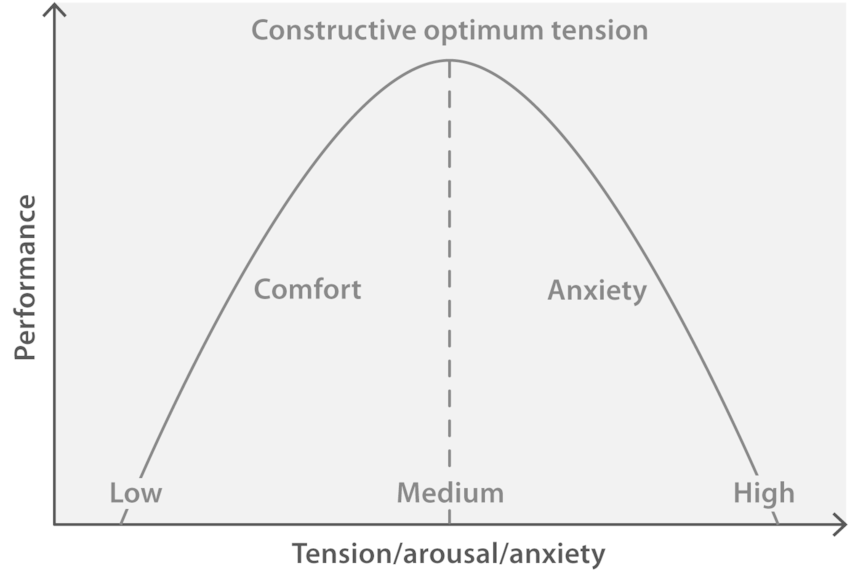
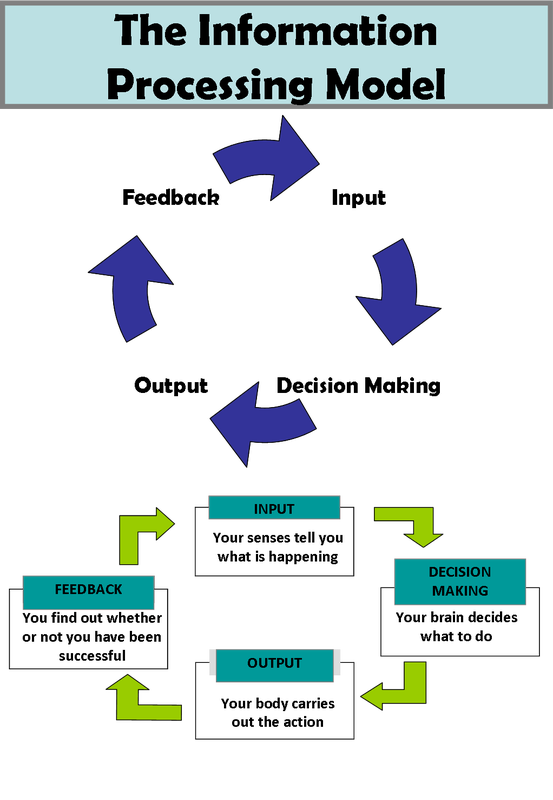
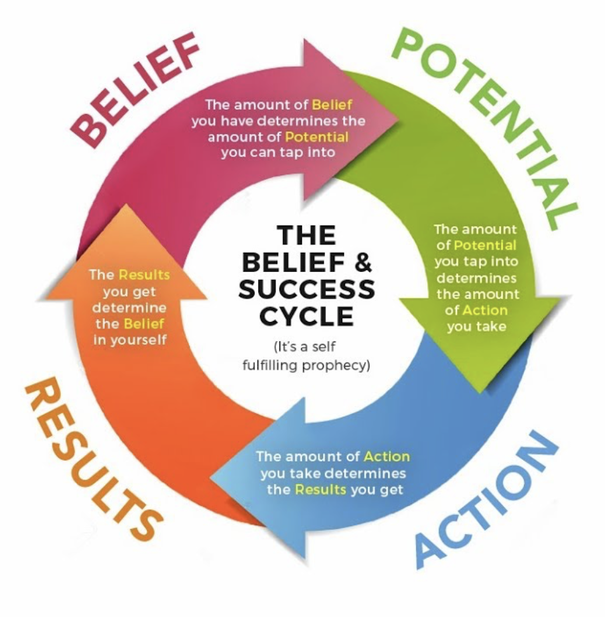
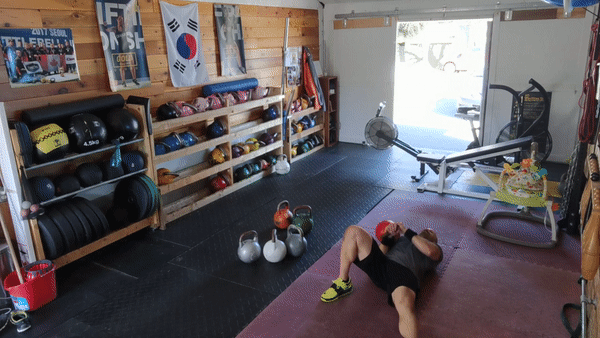
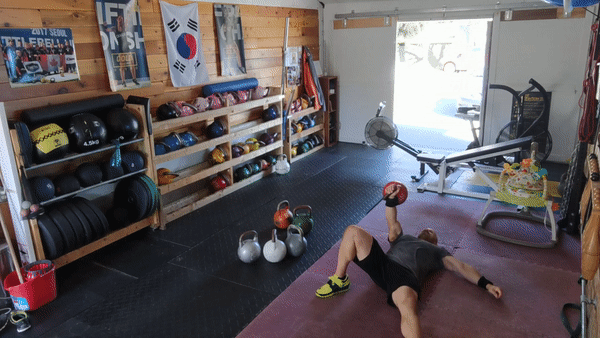

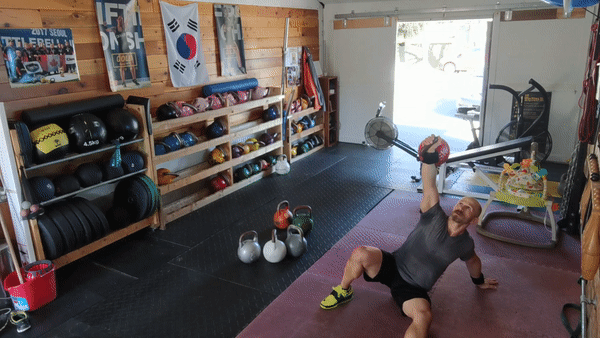
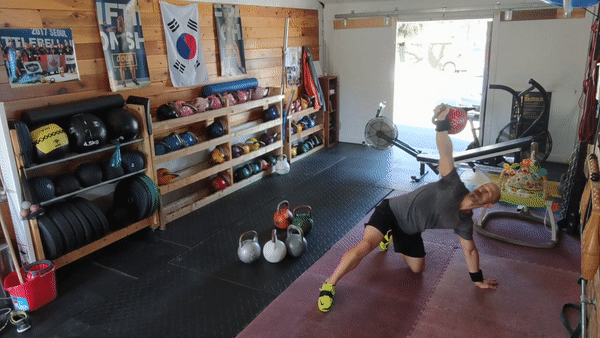
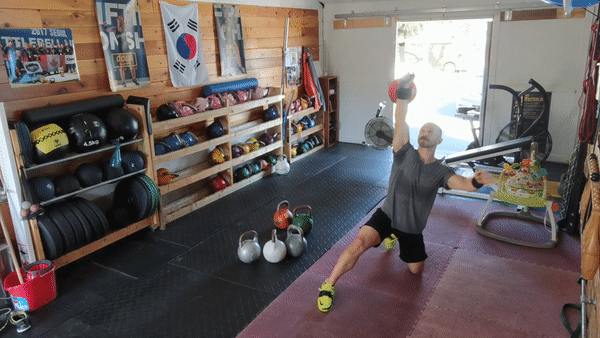
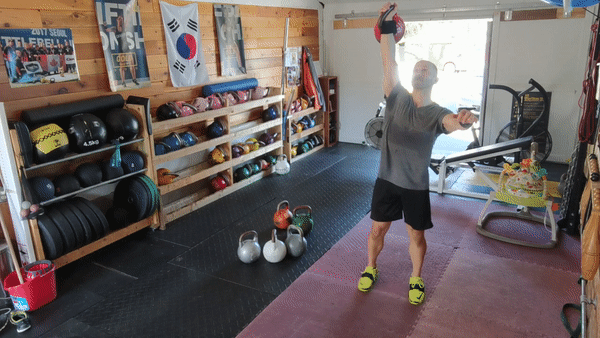
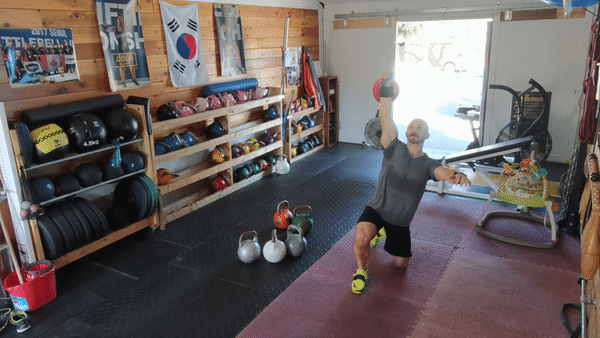

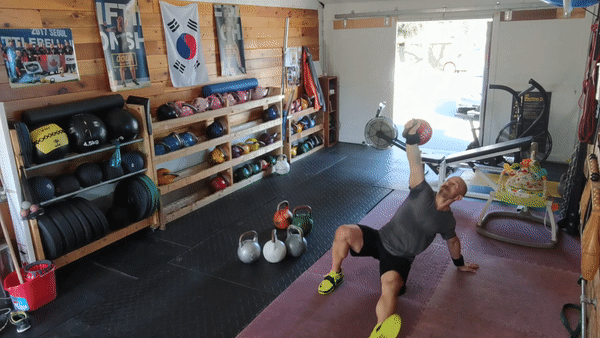
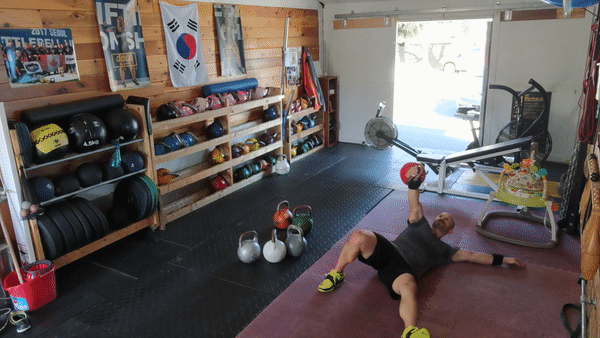
 RSS Feed
RSS Feed
